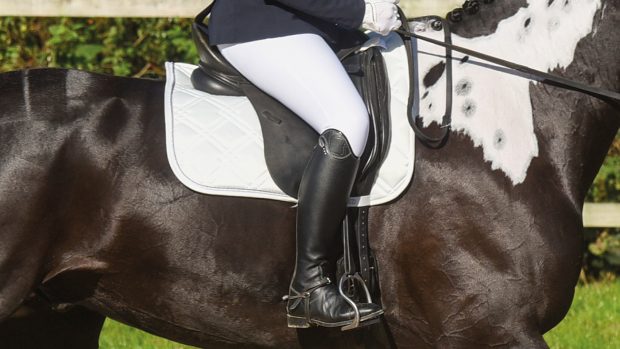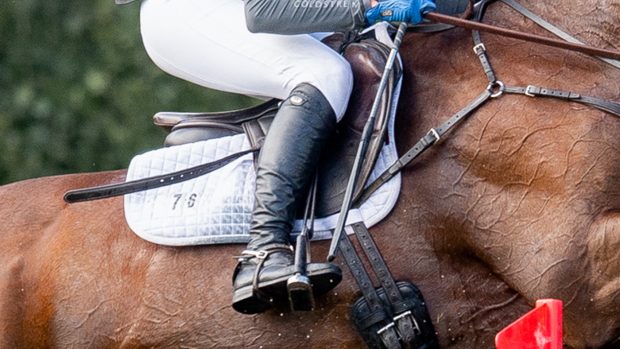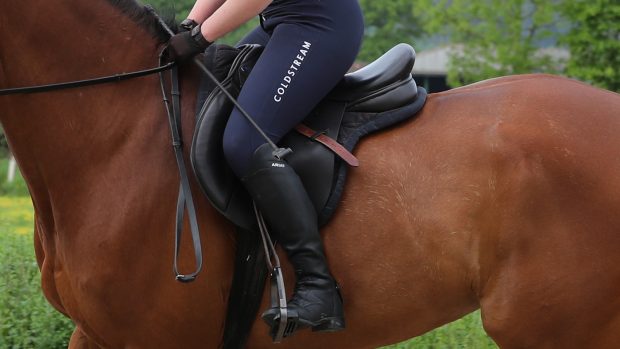Q: At Crofton Manor recently I saw show jumper Cressy Reading riding her mare Naikita in a saddle with an unusual-looking cantle.
Can you tell me what it is and why it is designed like that?
TM, Hampshire
The saddle is made by Quantum and, although not available to buy until February, it has been causing a stir in eventing and show jumping circles where a few riders have started using it.
How did it come about?
Design company SeymourPowell were drafted in by the Quantum team and, with input from equestrian experts, they went back to basics.
It took 10 years of development, testing and a £1million investment, but the saddle is said to enhance performance and provide better comfort, stability and weight distribution for horse and rider thanks to its revolutionary “chassis”.
What is different?
The Quantum looks not too dissimilar from traditional saddles, but underneath the calfskin exterior is a wealth of new technology:
• Strong, lightweight carbon fibre fins that are contoured to the horse’s back and are designed to distribute pressure evenly.
• An adjustable “bridge” joins the two fins. A fully adjustable saddle means that as your horse changes shape, your saddle can too.
• The seat is independent from the chassis so can be made to fit the rider.
• The stirrup bars are attached to the fins via cantilevered mounts, further back than conventional ones. This means it does not restrict the horse’s shoulder movement and allows pressure from the rider to be spread across the fin.
• The self-righting girth is mounted on to the fins using a “W” three-point system, again improving pressure distribution and meaning a breastplate is not needed.
Does it affect the horse?
Gait analyst Russell Guire of Centaur Biomechanics measured the movement of four horses in trot being ridden in their own saddle and then in the Quantum.
They all demonstrated an average increase in hind leg protraction — how far the leg comes under the body — of 15.1%, thereby enabling the horse to generate more power.
The average increase in fore limb protraction was 5.6%.
Who uses it?
Cressy Reading has been using the Quantum saddle on her horses, both at home and in the show jumping ring, for over a month and has noticed a change in the way they move over fences.
“The better the horse, the freer they are behind — it gives you a totally different feeling,” she says.
“It feels no different to ride in [from a traditional saddle], but it’s comfy and helps keep you in position.”
Where can I get one?
In February 2009 the AMS-J jump saddle will be available exclusively from Quantum, for £2,750. A dressage version is to be launched in March.
Tel: 0871 288 6990 www.quantumsaddle.com
This article was first published in Horse & Hound (18 December, ’08)



